
Nickel is a kind of metal mineral with ductility, ferromagnetic property and anti-corrosive quality, widely used in steel, nickel-based alloy, electroplating, battery, aerospace materials and military industry. According to the mineral properties, nickel ore is mainly divided into copper-nickel sulfide ore and nickel oxide ore, which have different nickel extraction methods.
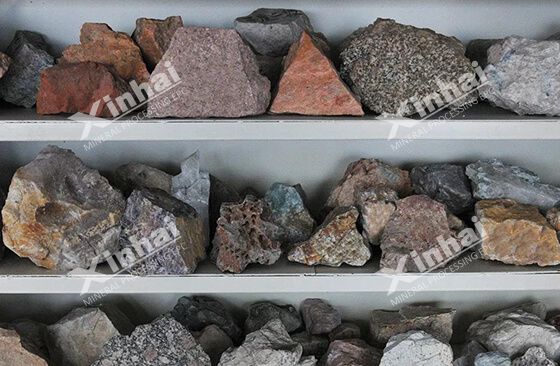
For the copper-nickel sulfide ore, the copper mainly exists in the form of chalcopyrite, while the nickel mainly exists in the form of free nickel sulfide, such as nickerpyrite, millerite, violarite. And a considerable amount of nickel ore occurs in the pyrrhotite as the isomorphism.
The common copper-nickel sulfide extraction methods include the flotation method, magnetic separation method, and gravity separation method, among which the flotation method is the main copper-nickel sulfide ore extraction method, and the flotation reagents often adopt the collector and foaming agent to float the copper sulfide minerals. The magnetic separation and gravity separation methods are often used as auxiliary mineral processing methods.
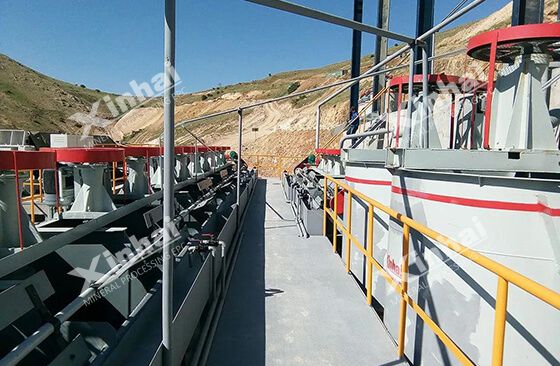
The common copper-nickel sulfide ore flotation methods mainly include:
When the copper content in the ore is much higher than the nickel content, the preferential flotation or partial preferential flotation process can be adopted to separate the copper concentrate and directly obtain the copper concentrate with lower nickel content.
The mixed flotation process means to float the copper and nickel together from the ore, and then separate the copper concentrate with low nickel and nickel concentrate with low copper from the mixed concentrate. The copper and nickel concentrate obtained can be directly smelted into high nickel ice. This flotation process is mainly suitable for the copper-nickel sulfide ore whose copper content is lower than the nickel content.
The mixed-preferential flotation process refers to float the copper and nickel together and then the separate the copper concentrate with low nickel and nickel concentrate with copper from the mixed concentrate. The high-grade nickel can be obtained after smelting and then separated by the flotation process.
In addition, when the floatability of various nickel minerals in the ore varies greatly, the nickel minerals with poor floatability can be further recovered from the tailings after the copper-nickel mixed flotation process.
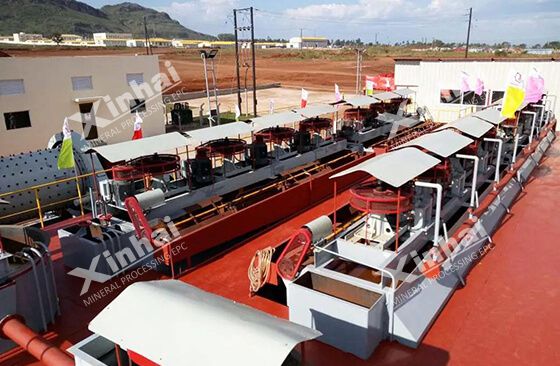
It should be noted that when determining the flotation process of copper-nickel sulfide ore, we need to follow a basic principle that it is better to make copper into the nickel concentrate and avoid the nickel into copper concentrate as much as possible. This is because the nickel in the copper concentrate is greatly lost in the process, while the copper in the nickel concentrate can be recovered more completely.
In the nickel oxide ore, the nickel laterite ore has a high content of iron, low content of silicon and magnesium, and 1-2% of nickel content. The nickel silicate ore has a low content of iron, high content of silicon and magnesium, and 1.6-4.0% of nickel content. Among them, the nickel laterite ore is the key point of development and utilization for nickel oxide ore at present.
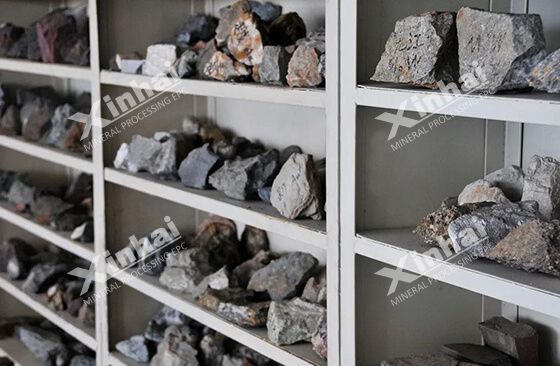
Because the nickel in nickel oxide ore is often dispersed in gangue minerals by isomorphism, and the particle size is relatively fine, it is difficult to obtain good results directly by using the ordinary mechanical beneficiation method. Therefore, the nickel oxide ore extraction mainly adopts the crushing, screening to remove the large bedrock ore blocks with weak weathering degree and low nickel content in advance, then smelt and enrich the nickel oxide through the pyrometallurgical process or hydrometallurgical process.
The pyrometallurgical process can be roughly divided into reduction smelting and vulcanization smelting. The former product is mainly nickel-iron, and the latter product is the high ice nickel. The products obtained by vulcanization smelting have more flexibility in processing. In addition, since the development of material industry technology has the higher requirement of nickel raw material, the sulfurization smelting has a better development prospect.
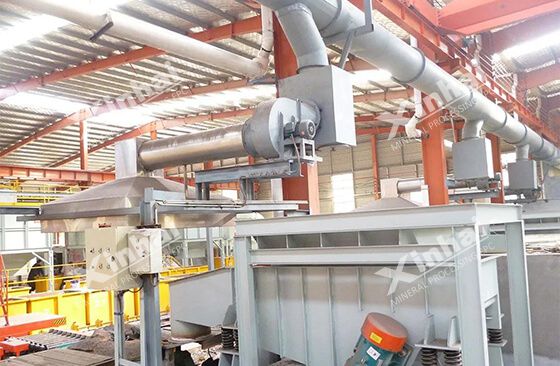
The hydrometallurgical process includes pressurized ammonia leaching and pressurized acid leaching. The pressurized acid leaching is suitable for treating the cobalt-contained nickel oxide ore, which is beneficial to recover the cobalt. The pressurized ammonia leaching is suitable for treating the nickel oxide ores with low or no cobalt content, which has a low leaching rate of cobalt and is not conducive to the recovery of cobalt.
In the practice, different ore properties determine the different extraction methods and process flow. It is suggested that the mineral processing test must be done well in advance, and the suitable nickel extraction method should be selected scientifically and rationally according to the results of the final test report, so as to obtain the ideal beneficiation benefits.
To find out more about our products and solutions, please fill out the form below and one of our experts will get back to you shortly.